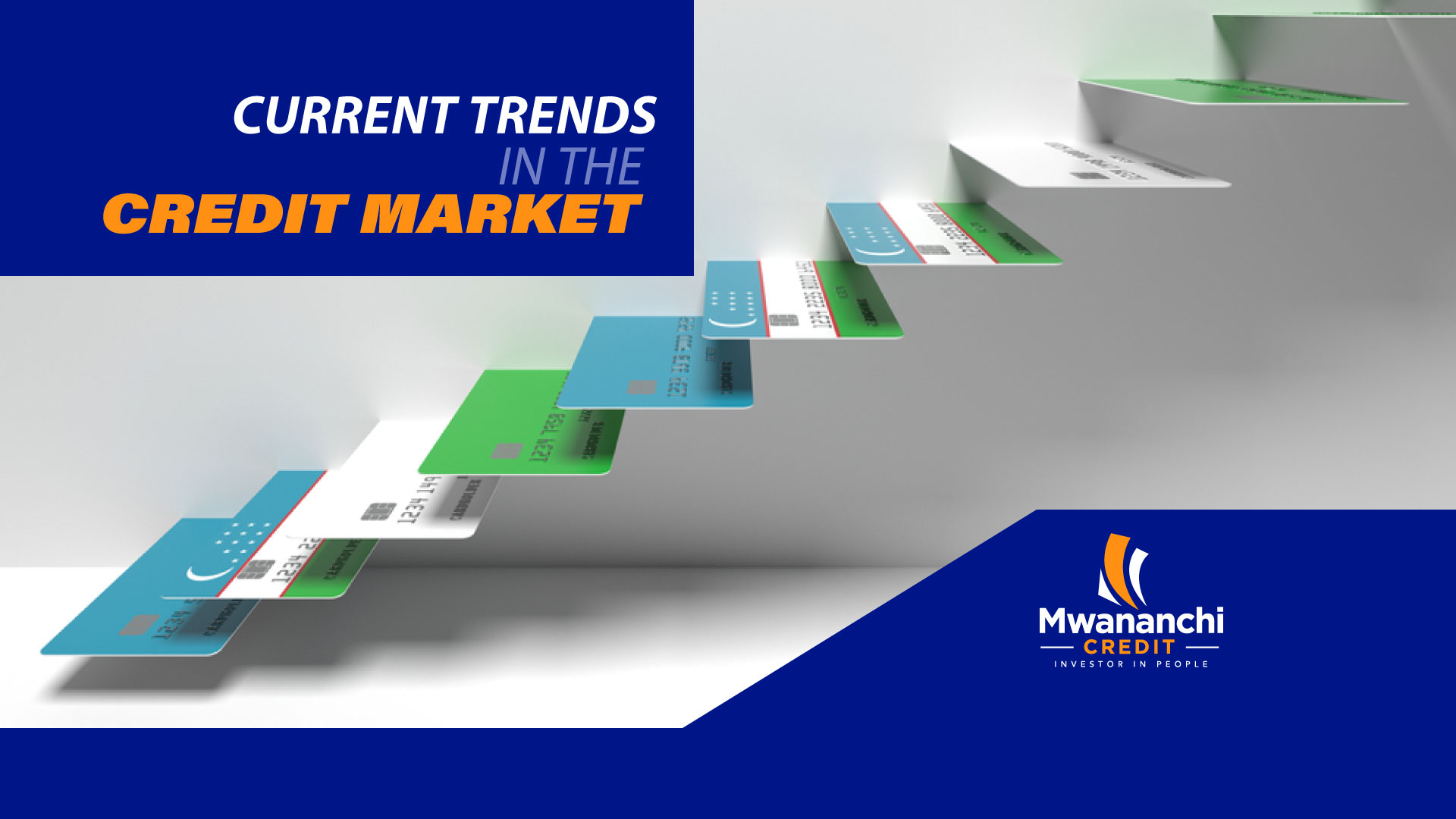It has been noted that many financial players are heavily investing in the credit domain, but there has been no change in the financial products. However, there has been improvement in the innovation being made in this sector where there is digitization and automation of the credit products that exist as well as the process of accessing credit thru the use of modern techniques.
Reasons why customers go to a financial institution for Credit
- To Finance a Project: This is one of the reasons a person visits a financial institution since he/she is not able to finance a project. In this situation, the financial institution will borrow the money, and the customer will repay it over a given period of time. Some of the examples include consumer credit like a car loan or a home mortgage loan.
- Solving a short-term financial issue For instance, a person can visit a financial institution to request a short-term loan that they may use to solve an urgent financial crisis, and they will be able to repay it back as fast as possible. Examples of such loans include an overdraft, credit cards, invoice financing, and bridge loans. These loans are usually short-term and are repaid fully or partially after a certain event, such as a salary receipt, the sale of a home, or payment of an invoice.
Noticeable Trends in The Credits Market
The main trends in the credit market are the digitization, automation, and personalization of every step of a credit. These trends have been accelerated by the Fintech players who have started to offer credit to people and thus have led to an increase in competition. Increased competition has led to:

- Personalization of Credit Pricing: This involves complex and dynamic pricing models that are based on artificial intelligence. These models are able to identify the highest price that a customer is willing to pay. Furthermore, the models are able to consider the risks, costs, and profitability that are associated with the bank.
- Increased Transparency: Currently, many credit institutions have become very transparent on the costs and decision process as well as on the management and servicing of the credits. This includes giving an explanation of why the credit has been refused as well as explaining the reimbursement issues.
- The financing experience has become more frictionless: Most people have the expectation that they will be able to access their finances at any time, at any location, while using the lowest effort possible.
This has led to the automation of the loans at Mwananchi Credit as well as the digitization and personalization of every step that is used in accessing any loan. Mainly, these have led to evolutions such as:
- origination of the credit from the third-party flow rather than from the bank’s website.
- Digitization of the service and incident management. Servicing involves changing the feeding account, adapting the credit conditions, as well as early reimbursement. On the other hand, incident management involves warning the customers about the payment that they have missed as well as collecting the debts. This has led to accelerated advice functionalities such as automatic suggestions, among others.
- application of new techniques. Strong digitization has led to increased use of new techniques such as dynamic questionnaires thru the use of AI techniques. These techniques involve the use of a minimum set of questions, saving a draft demand and continuing later, management of digital identity and signing, as well as instant scoring and the making of decisions, among others.
- involvement of third parties in the financing solution. For instance, another bank can set up a direct debit instruction that can be used to fund the account. Also, the notary and the customer’s accountant are also becoming integrated in a digital way.
noticeable trend is where the credit markets are becoming more sensitive to the Environment, Social, and Corporate Governance.

This is where there is the promotion of ecological investments such as home renovations as well as doing “Green investments in industries while acting more responsibly when it comes to the corporate world.
This trend involves avoiding putting people who have no reimbursement capability on their debts, despite the fact that the loans will be profitable. This responsibility is met by some of the credit demands as well as educating the customers on financial matters thru contextual help, simulations, and chatbots, among others. It also includes initiatives that are useful in increasing financial inclusivity as well as looking forward to scoring.
This trend has further democratized financial products. This means that the products that were only available to wealthy people in the past can now be accessed by normal people as well. These products include democratizing the personal leasing industry as well as the Lombard loan, which has a security portfolio being used as collateral.
These trends are happening in the digital market around the world, but it depends on the country, regions, and the location of the individual credit institutions.
They also depend on the digitalization and personalization of credit steps by financial institutions. Therefore, credit institutions that wants to remain competitive should invest in these trends so that they can also stay relevant in the future.



